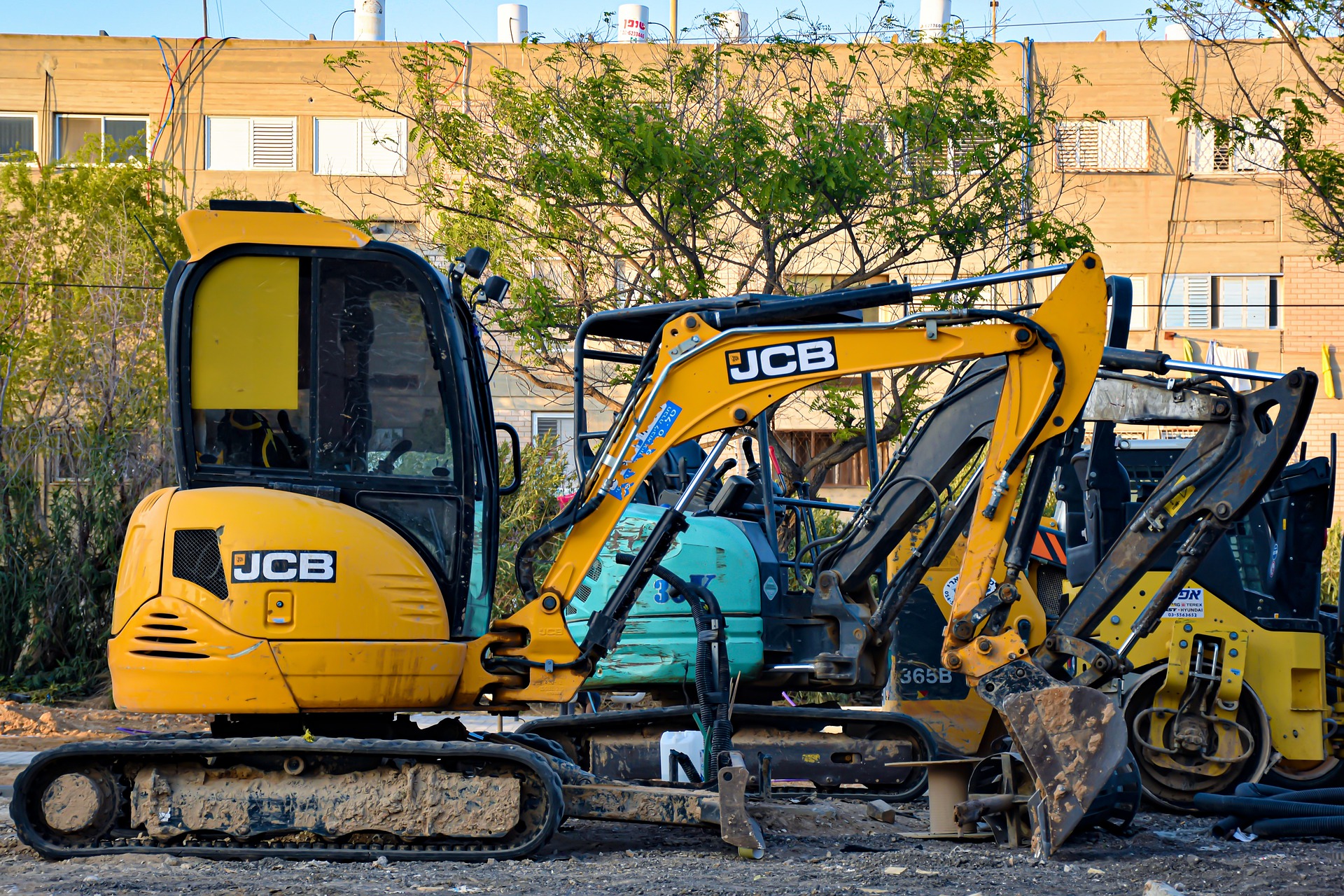What problems do diesel machines cause for air quality?
European air pollution rules for off-road diesel machines such as bulldozers, excavators and barges are much more lax than those for cars and lorries. As well as this, some engine types (for example, diesel locomotives) and older machines are excluded from air quality laws. This is a problem because, according to the World Health Organisation (WHO), diesel exhaust is carcinogenic. Diesel machines account for 12% of nitrogen dioxide (NOx) emissions and 15% of fine particles from land-based sources but their importance is increasing as emissions from other land sources are reduced due to more stringent emissions legislation.
In 2016 Europe updated the relevant legislation but, despite making some improvements, lawmakers failed to harmonise the standards with those for lorry engines – currently the most closely comparable road vehicle in terms of emissions and engine configuration. In order to substantially reduce emissions that harm both human health and the environment, the EU should act soon.
Why is particulate matter a problem for diesel machines?
Particulate matter (PM) is the general term used to describe a mixture of suspended particles in the air. They are classified according to their diameter. Ultrafine particles are the most dangerous as they can penetrate deep into the lungs, enter the bloodstream and even reach the brain.
Historically, Europe has measured and regulated PM by the total weight. Unsurprisingly, this approach has led road-vehicle and diesel machinery manufacturers to focus on reducing the bigger and heavier PM while ignoring the smaller and more dangerous ones. In recent years, Europe has also started to regulate the number of particulates, known as particulate matter number (PN). Regulating PM and PN ensures that both large and small particles are cut.
In the latest reform, Europe has finally applied this new parameter to most engines for diesel machines, requiring them to fit particulate traps after 2020. However, some important categories, such as diesel locomotives used for freight operations, are exempt from the new rules. Ultrafine particles are therefore still a major problem for those trains, still used regularly in many parts of Europe.
Why is NOx a problem in diesel machinery?
For some diesel machinery, nitrogen oxide (NOx) emissions limits are much higher than those for the equivalent road vehicles. Road vehicles are now equipped with catalysts, which treat and reduce these emissions in the exhaust gas. In contrast, some road machinery and barge standards for NOx are so lax they can be met without any exhaust after-treatment.
The latest reform failed to significantly improve NOx standards for new diesel machines, leaving this to a future review in 2023. This is a missed opportunity as technology to cut such pollution is available and already widely used in other applications such as trucks and buses.
